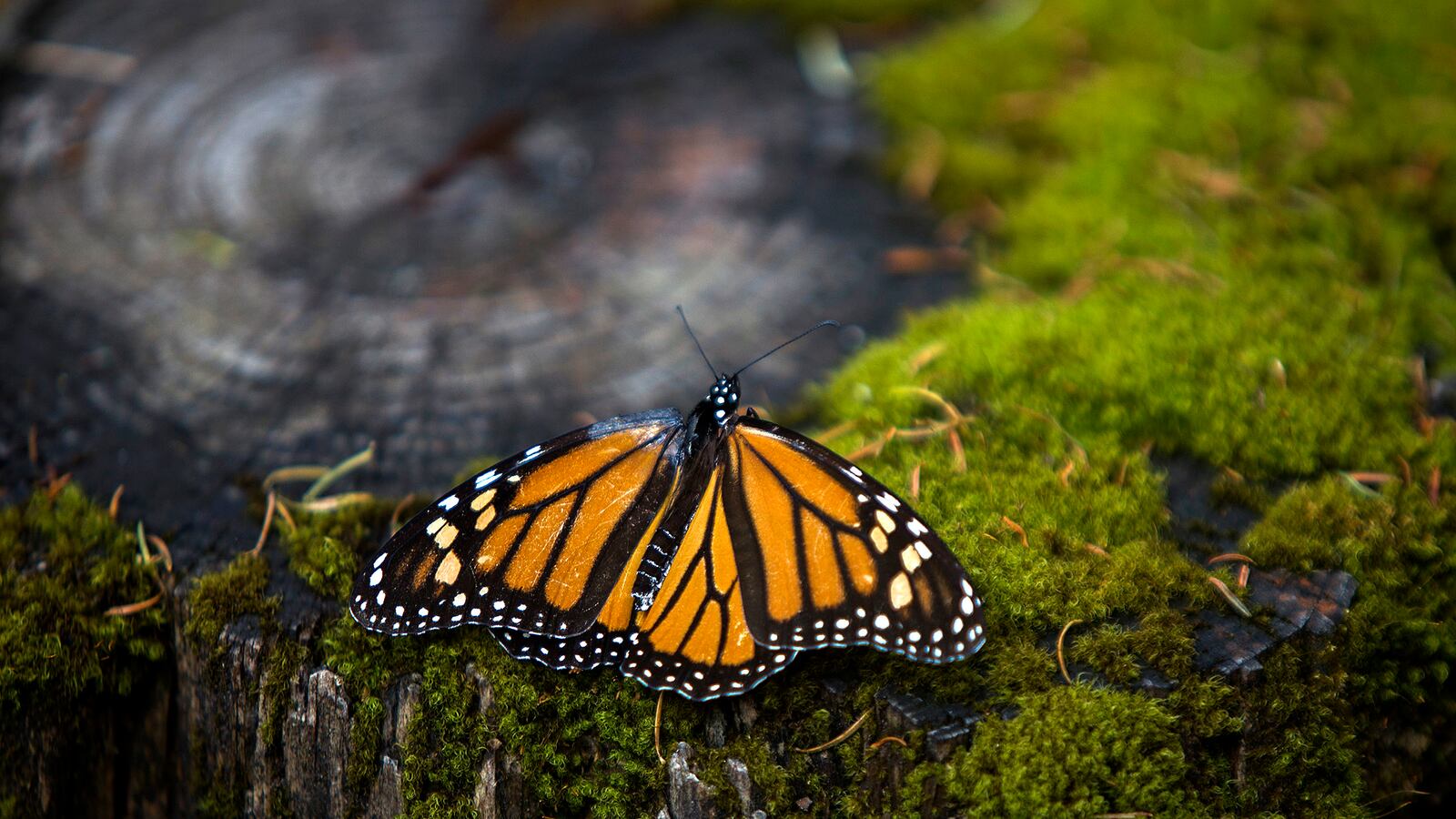A week after one of Mexico’s foremost experts on monarch butterflies mysteriously vanished, a local human-rights organization is urging authorities to investigate, suggesting the case may be linked to illegal logging.
Homero Gomez, a 50-year-old agricultural engineer who manages the El Rosario Butterfly Sanctuary in Michoacan, was last seen Jan. 13 while attending a meeting in a neighboring town, the attorney general of the State of Michoacá said. Authorities say the next morning, messages promoting El Rosario were sent from his cellphone to all of his contacts.
His family reported him missing that afternoon after his phone went silent, authorities said. The Human Rights State Commission of Michoacan has also asked the attorney general’s office to determine if Gomez’s disappearance is linked to his activism against logging.
The day he went missing, Gomez tweeted two videos of thousands of monarchs in El Rosario: Both showed the butterflies “looking for water” in the “largest sanctuary in the world.”
In addition to his work at the sanctuary—located in the western Mexican state that’s also notorious for its violent criminal activity—Gomez has been vocal about his belief that illegal logging is threatening the monarch butterfly’s habitat. According to experts, the butterfly migrates every winter from Canada and the United States to reproduce in small clusters of Mexico’s pine and fir forests.
“He was probably hurting the [business] interests of people illegally logging in the area,” Mayte Cardona, a commission official, told Reuters, adding that more than 200 volunteers have joined the search for Gomez since last week.
The Municipal Police, Michoacan’s public-security ministry, and the state’s common land authorities have also joined in the search, according to El Universial.
According to its website, Gomez opened his El Rosario sanctuary in November 2017 in an attempt to combat illegal logging in an area key to the development of the monarch. Due to climate change, illegal logging, and other environmental factors, U.S. Fish and Wildlife Service estimates about a billion butterflies have vanished between 1990 and 2015.
In June 2019, the U.S. Fish and Wildlife Service announced the decision to delay its decision about whether the monarch is an endangered or threatened species, citing a litigation settlement. The decision, which will be made 18 months later than the original deadline, will allow for more time for data collection about the butterfly’s annual winter trajectory and will allow for conservation work—like Gomez’s—to help new breedings.
The sanctuary has been praised across Mexico, including by Interim General Director of World Wildlife Fund (WWF) Jorge Rickards, who called it a model of conservation work. The organization even hosts visits to Gomez’s sanctuary in a monarch-conservation trip around Mexico, calling El Rosario “one of 12 sanctuaries that comprise the Monarch Butterfly Biosphere Reserve.”
In addition to protecting the orange and black butterfly’s migration pattern, the longest of any insect, the community-owned lands of El Rosario have provided a new influx of revenue to the town’s 5,000 residents, according to local reports.
“Thanks to the butterflies, we have an income for four months, from November to March. We also have better roads... new investors,” Gomez said in 2017, after a tree-planting initiative that brought 750 volunteers.








